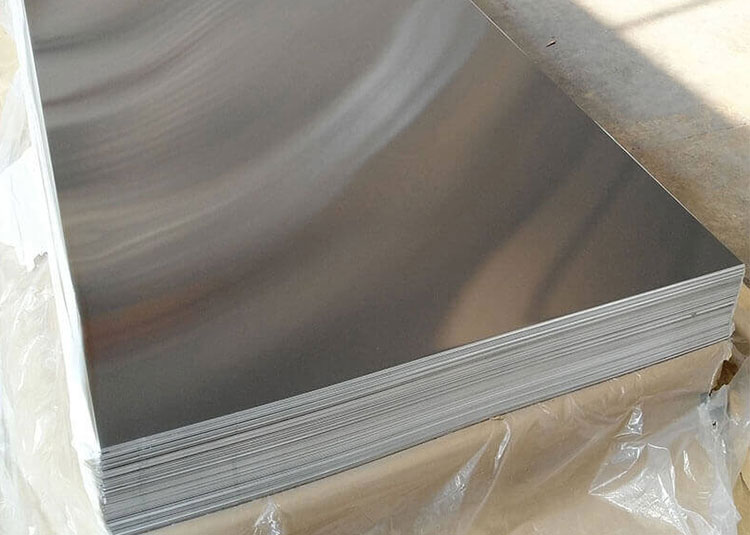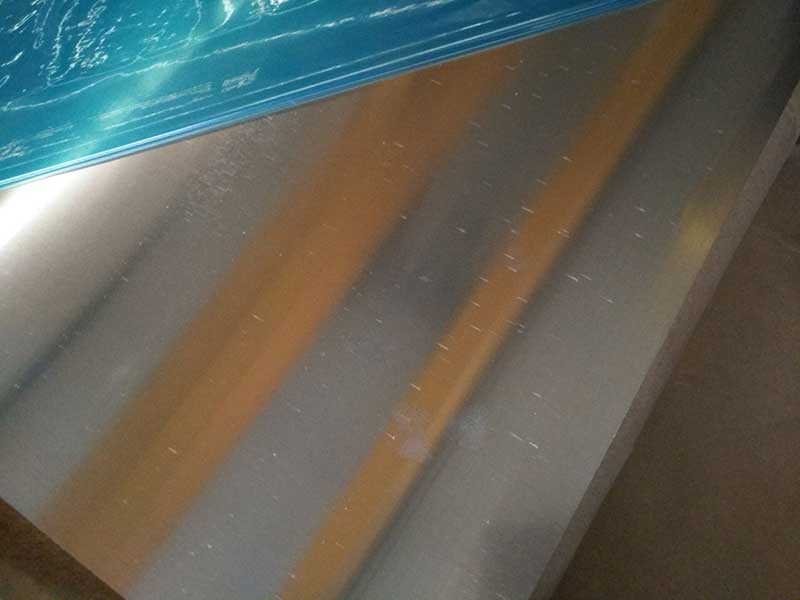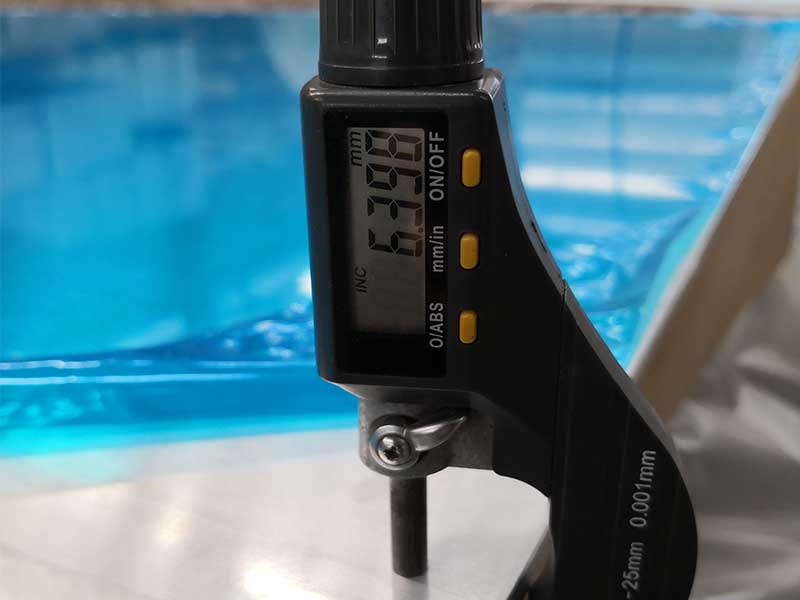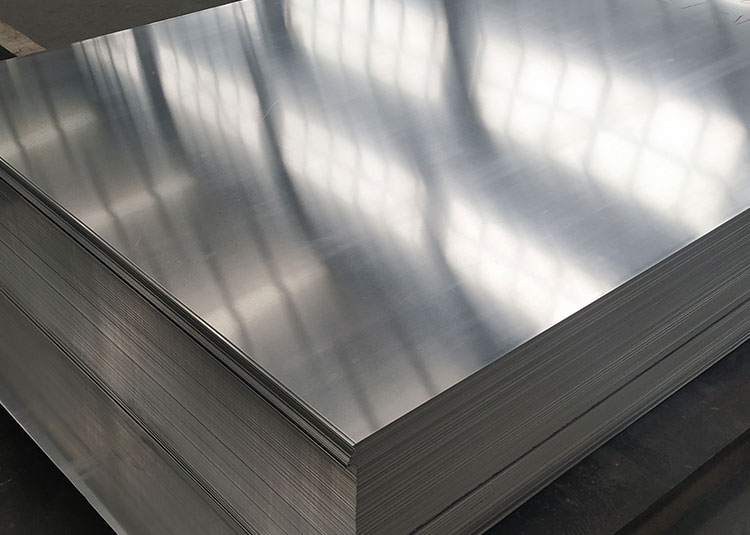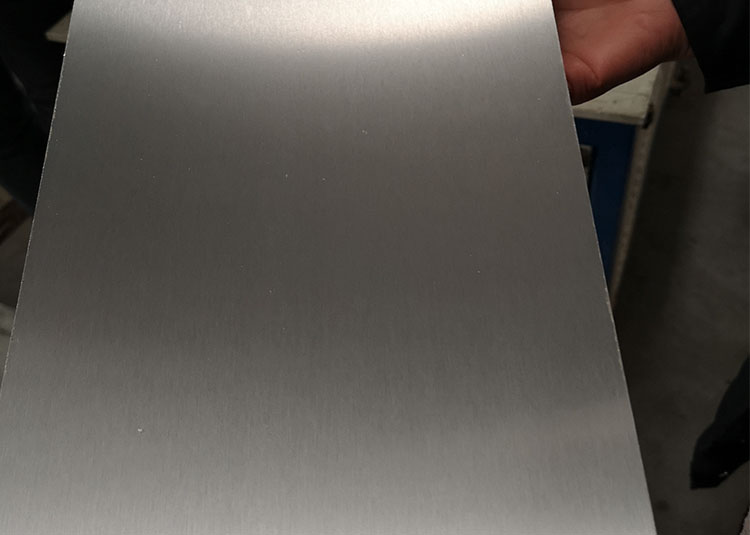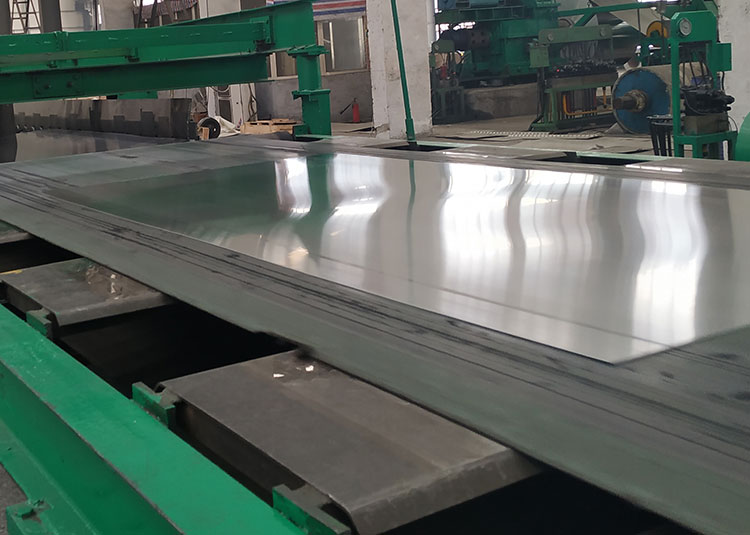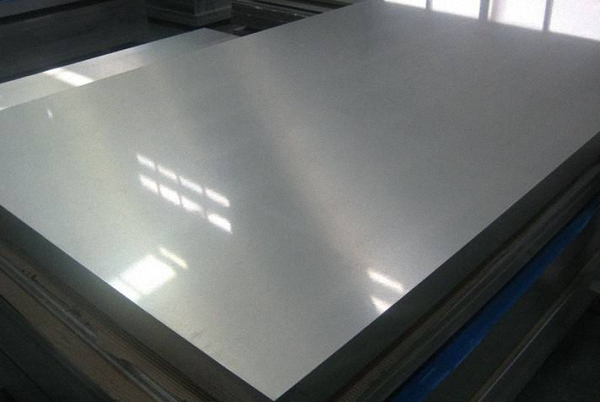Heat management in offshore vessels stands as a critical operational concern due to the relentless exposure to environmental conditions such as seawater, humidity, and varying temperatures. For ship owners and electronics manufacturers alike, ensuring that vital electronic systems operate efficiently without succumbing to heat-induced failures necessitates robust solutions—the marine aluminum heat sink profile emerges as a front-runner in this realm.
Marine Aluminum Heat Sinks
At its core, a marine aluminum heat sink functions as a critical component that focuses on dispersing excess heat generated by electronics and associated systems found in offshore vessels. These systems can include navigation equipment, communication devices, propulsion control systems, and safety monitoring sensors—all which are paramount for the operational efficacy of maritime operations.
How Marine Aluminum Heat Sinks Work
The primary function of a heat sink is to facilitate cooling through optimal thermal conductivity. Marine aluminum alloys (typically composed of aluminum, magnesium, copper, and silicon), are specifically identified and used in heat sink profiles for their excellent thermal performance coupled with other leisure marine attributes like corrosion resistance and lightweight construction.
The layered, fin-like constructions of aluminum heat sinks maximize surface area, promoting accelerated heat exchange between hot electronic elements and the surrounding water, semiconductor materials, or ambient air. The low density of aluminum enables the profile to deliver significant thermal performance without substantially adding weight to the vessel—this conversely yields enhanced fuel efficiency and displacement dynamics.
Parameters and Functions of Marine Aluminum Heat Sinks:
| Parameter | Value/Description |
|---|---|
| Breakdown Voltage | >33 kV/1 mm |
| Thermal Conductivity | Averages 200 W/m·K |
| Melting Point | Approximately 660°C |
| Weight-to-thickness Ratio | Adjusted to structural load and efficiency |
| Emissivity | Ranges from 0.03 (smooth) to 0.2 (rough surface) |
| Length Profiles | Custom-fit designs based on application |
| Finish | Anodized, brushed, or plain for aesthetic durability |
Alloy and Tempering
Aluminum heat sink profiles used in marine applications implement various alloys standard—primarily 5083 and 6061 due to their distinctive chemical properties. Each alloy is tempered to ensure robustness and corrosion resistance under marine conditions while delivering the tensile and yield strength required.
Typical Alloys and their Composition:
Alloy 5083
Composition: 4.0% magnesium, 0.7% manganese, 0.1+% chromium, ≤ 0.4% copper
Properties: Exceptional performance in seawater corrosion environment; high strength allowing fabrication flexibility.
Alloy 6061
Composition: 1.0% magnesium, 0.6% silicon
Properties: Light and precipitation hardenable, with medium to high strength; serves widely for lower temperature missions.
Implementation and Standards
Standards governing the implementation of marine aluminum and heat sink applications extend globally; for instance, DNV GL, ABS, and Lloyd's Register provide frameworks embracing safety and application performance benchmarks tailored around heat management materials and designs.
Adherence to strict standards ensures that manufacturers not only mitigate the risk of thermal failures but also to a broader compliance with emission controls, further enforced by IMO regulations.
Unique Applications of Marine Aluminum Heat Sinks
Applications extend beyond just standard electronic equipment cooling—marine aluminum heat sinks can also expound versatility across various utilizations:
Superior Engine Cooling: Enlarged heat exchange surfaces aid in scavenging engine compartment heat—a necessity for days spent in hot harbor climates.
Solar Inverter Junction: The integration of marine aluminum became increasingly significant for solar converters keeping up efficiency in power generation—even within constrained waterfront space.
Military and specialized crafts: Systems sensitive to detects–such as sonar and automated navigational aids—benefit markedly from uncompromised heat removal integrated into tightly-designed hulls.
Electromagnetic Compatibility: Engineered choice of anodized surfaces mitigates unforeseen RF interference issues wound causing inherent inefficiencies.
The Safety-Upheld Functionality
The choice to combine marine-grade aluminum profiles into emerging insulation and assembly derivatives helps foster not just innovation in efficiency but initial cost reductions long-term should processes sustain for mega infrastructures.
Settling down multi-design architectures with material avoidance disadvantages—simulate rapid adaption against singulations governed by motion. Completing this rare mobility challenge undertake full freedom allows educational futures ripe for targeted new build foster competency encouraging lifestyle.


